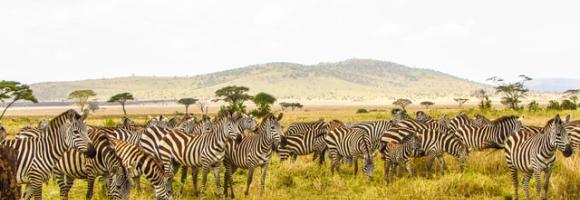
In which countries are the sites that most contribute to global biodiversity persistence located and how well are these sites covered by protected areas in each country?
Safeguarding the Key Biodiversity Areas (KBAs) is vital for halting the decline in biodiversity and for ensuring the long-term and sustainable use of terrestrial and marine natural resources. The establishment of protected areas in the locations where these KBAs are found is one of the priority actions to safeguard their conservation values. The KBA-related indicators contribute to measuring progress towards Aichi Target 11 of the Convention on Biological Diversity (CBD), and are also part of the suite of indicators adopted to assess progress towards Sustainable Development Goal 15 (life on land).
Indicator unit: Average protection percentage of KBAs.
Area of interest: The indicator is available at the country level.
---
Data Uploaded by Luca Battistella using the Digital Observatory for Protected Areas Services (2022)
Average protection of Key Biodiversity Areas
The Key Biodiversity Areas (KBAs) are sites that contribute significantly to the global persistence of biodiversity in terrestrial, freshwater and marine environments. KBAs are identified according to a set of criteria and thresholds related to taxonomic, ecological and thematic subsets of biodiversity (presence of threatened species or ecosystems, geographically restricted species, ecological integrity, etc.). The identification of a site as a KBA on the basis of these criteria and thresholds is unrelated to its legal or protection status.
Key Biodiversity Areas average protection
The Key Biodiversity Areas (KBAs) are sites that contribute significantly to the global persistence of biodiversity in terrestrial, freshwater and marine environments. KBAs are identified according to a set of criteria and thresholds related to taxonomic, ecological and thematic subsets of biodiversity (presence of threatened species or ecosystems, geographically restricted species, ecological integrity, etc.). The identification of a site as a KBA on the basis of these criteria and thresholds is unrelated to its legal or protection status.